Text



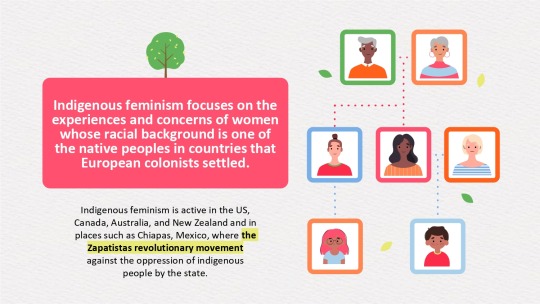
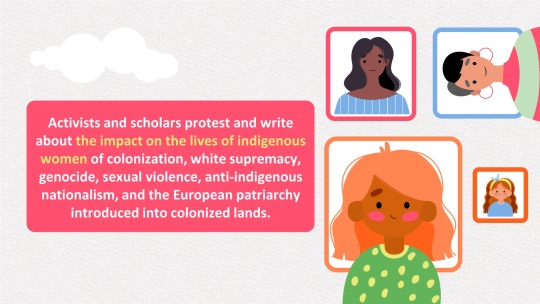
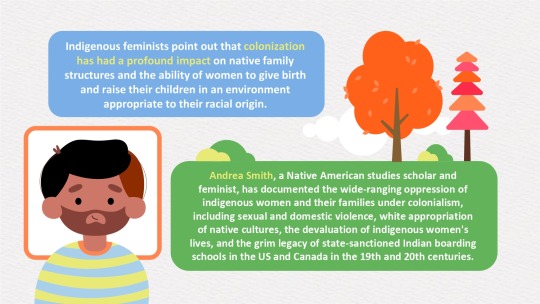




#Black Lives Matter#BLM Movement#Indigenous Feminism#feminism#Danny Policy#Political Science#Studyblr#Study blog#Study Notes
25 notes
·
View notes
Text

Hi everyone,
We made a simple graphic design to show solidarity with Ukraine. We're posting this for people who want to change their profile pictures on social media. Please click the image for higher resolution and download.
3 notes
·
View notes
Text
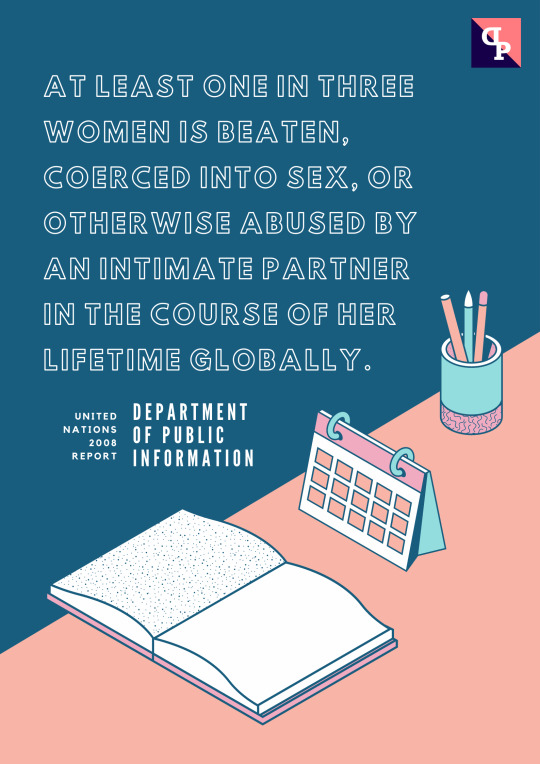
#Danny Policy#Gender Studies#Feminism#study notes#studyblr#political science#studyspo#Social science
2 notes
·
View notes
Text

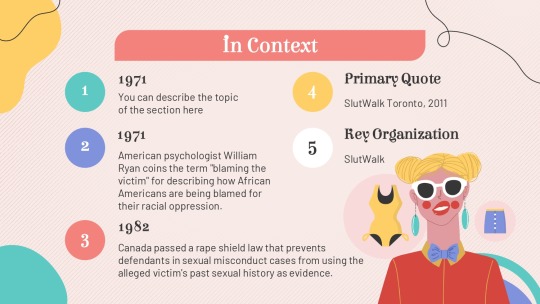

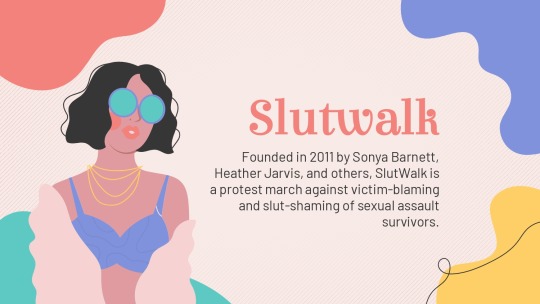


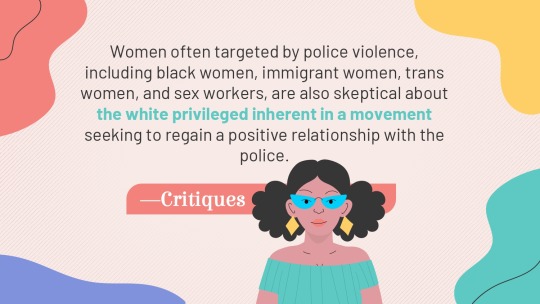

0 notes
Text

#Danny Policy#Political Science#Public Policy#Feminism#Feminist Nites#study blog#studyspo#study notes#studying#journal#studyblr#feminist#Abortion
1 note
·
View note
Text
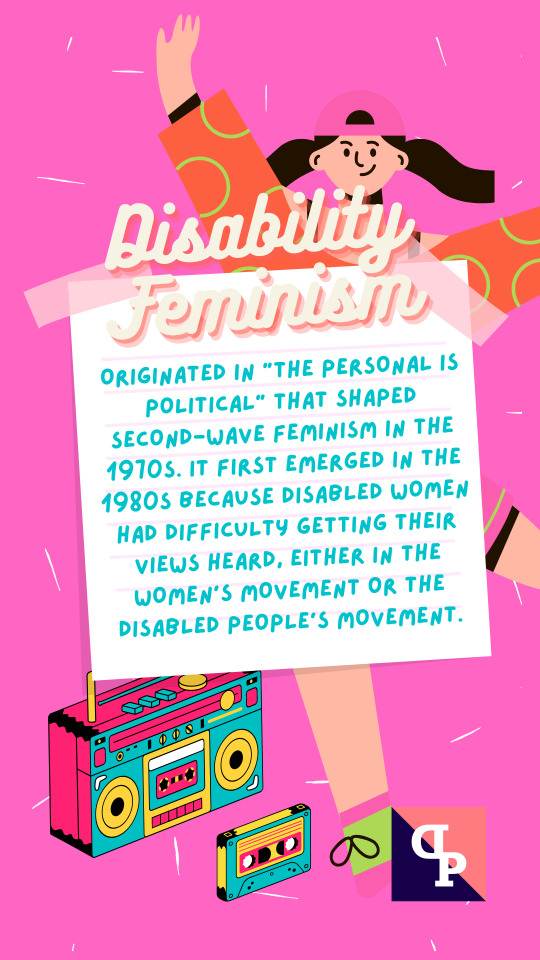
#Feminism#studyblr#political science#study notes#Gender Studies#Gender Stuff#danny policy#gender identity#Waves of Femism#Political Science Notes#bujoart
0 notes
Text
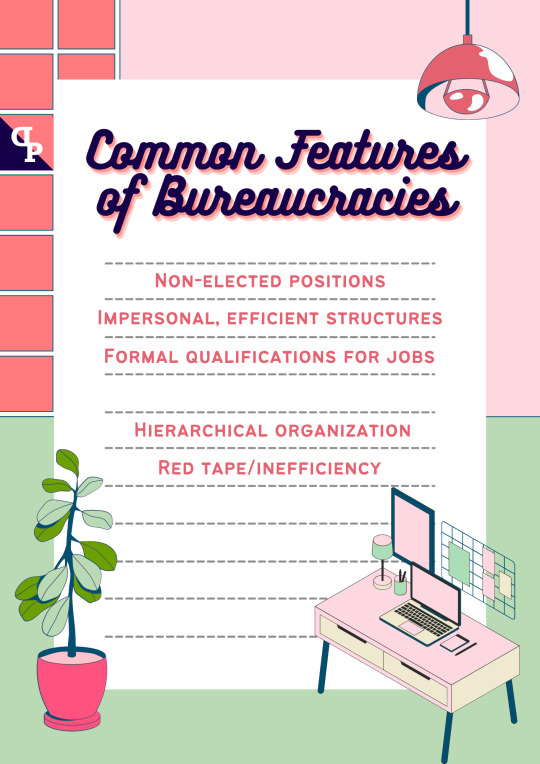
All bureaucracies, whether they are democratic or authoritarian, tend to have many features in common:
Non-elected positions. Bureaucrats are appointed, usually salaried, and are not elected by the public.
Impersonal, efficient structures. Bureaucracies are meant to be efficient in accomplishing their goals. Bureaucracies tend to be impartial because they are goal-oriented and have little concern for personal feelings.
Formal qualifications for jobs. Most democracies have institutionalized formal qualifications as prerequisites for appointments to the bureaucracy. Although authoritarian leaders may appoint whoever they want to government positions, they must consider formal qualifications (education, experience) in making their appointments. Otherwise, the bureaucracy cannot fulfill its efficiency and content administration goals.
Hierarchical organization. Most bureaucracies are hierarchical, top-down organizations where high officials give orders to lower officials. Everyone in the hierarchy has a boss, except for the person at the very top.
Red tape/inefficiency. Despite shared efficiency goals, large bureaucracies may stumble under their weight. Once the bureaucracy reaches a specific size and complexity, the orderly flow of business appears to break down so that one hand does not seem to know what the other is doing.
#Danny Policy#Public Administration#Political Science Notes#Reviewer#Study Notes#Study Blog#Social Science#bujoblr
1 note
·
View note
Text

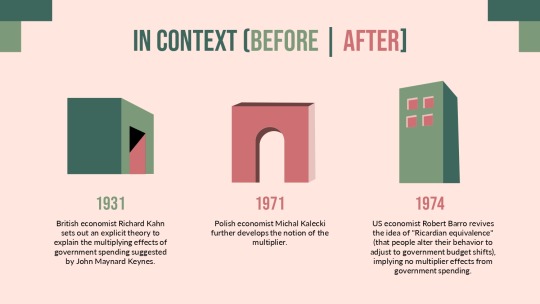

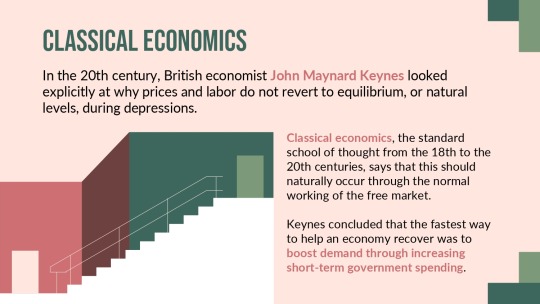
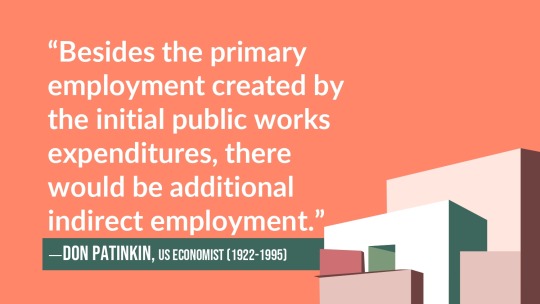

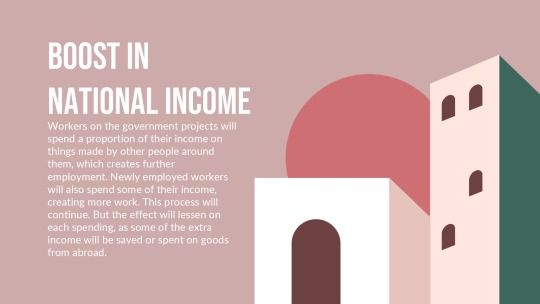


#Note in Economics#Danny Policy#studyblr#political science#study notes#john maynard keynes#study blog#Development Studies#social science
0 notes
Text
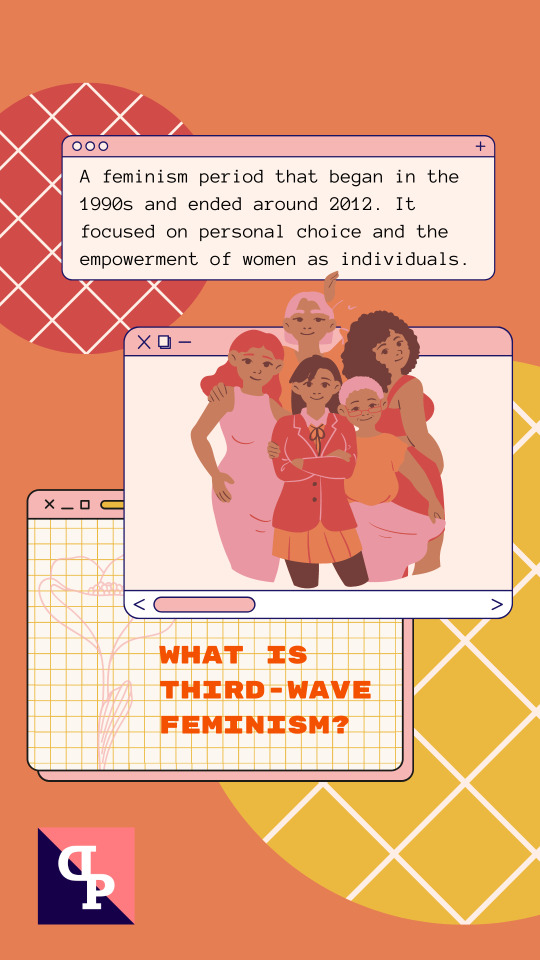
#Danny Policy#Feminist Notes#Feminism#studyblr#political science#study notes#studyspo#study blog#gender studies#journal#Third-wave feminism#Women of Color#Intersectional Feminism
11 notes
·
View notes
Text

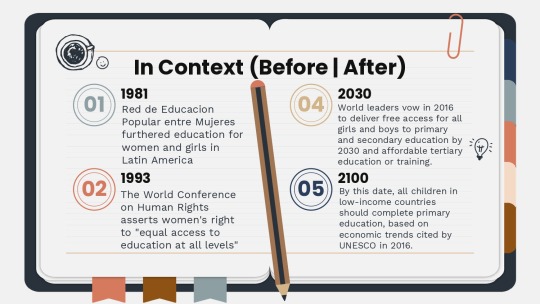

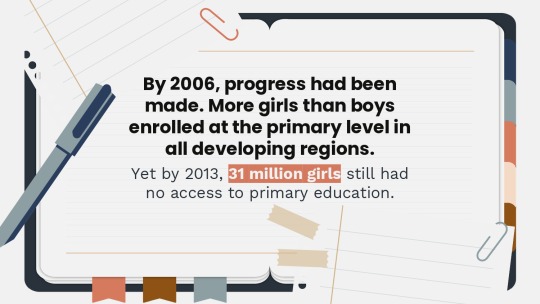
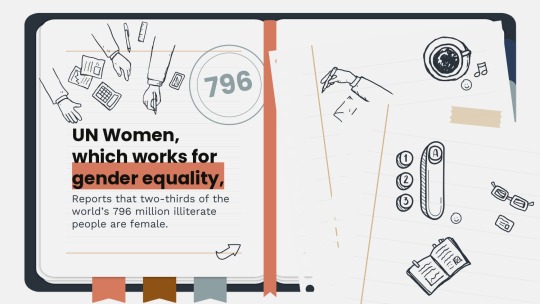

#Danny Policy#Study Notes#Feminism#Malala#study blog#studyspo#political science#studyblr#Global Education for Girls#gender studies#development studies#reviewer
6 notes
·
View notes
Text

#Danny Policy#studyblr#study notes#study blog#feminism#political science#gender studies#studyspo#feminism is for everybody
7 notes
·
View notes
Text

#Danny Policy#Gender and Development#Gender Studies#Political Science#Social Science#Study Notes#Reviewers#fat is beautiful#Feminism#studyspo#studyblr#studying
1 note
·
View note
Text



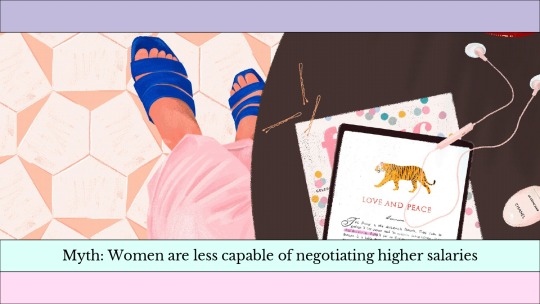
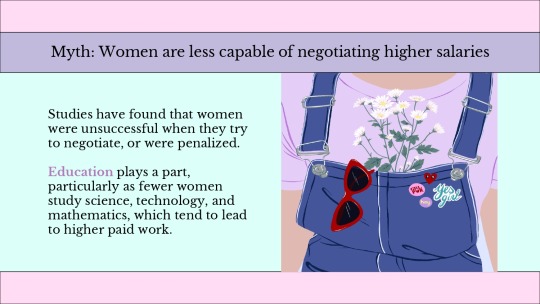


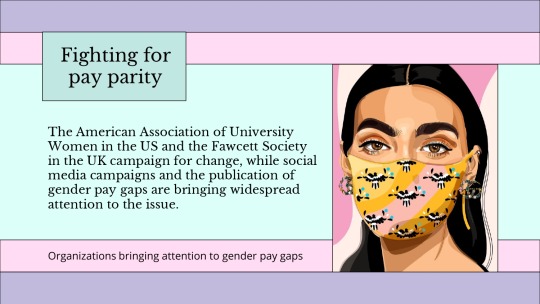
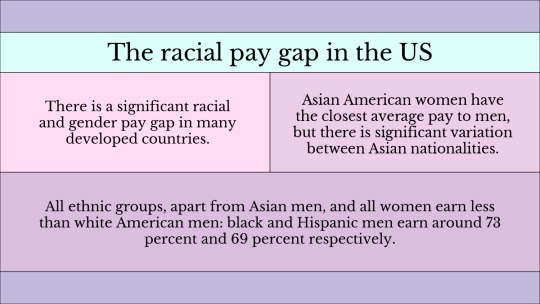

#Danny Policy#Racial Pay Gap#Pay Gap#Gender Studies#studyblr#political science#studyspo#journal#studying#student#study#lecture notes#taking notes#studygram#study aesthetic#study inspiration#Study Notes#Aesthetic Notes
1 note
·
View note
Text




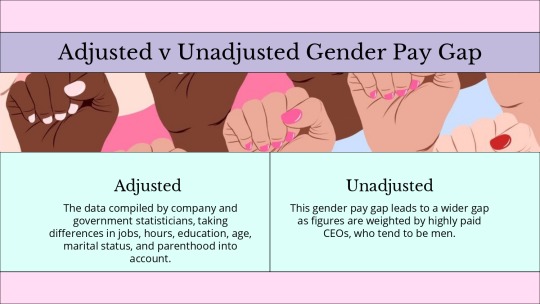
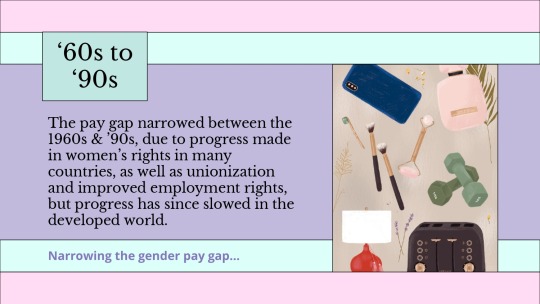




#Danny Policy#Feminism#gender studies#Gender Pay#Equal Rights#Study Blog#Study Notes#studyblr#political science#journal#study aesthetic#study art#Feminist Blog#studying
16 notes
·
View notes
Text


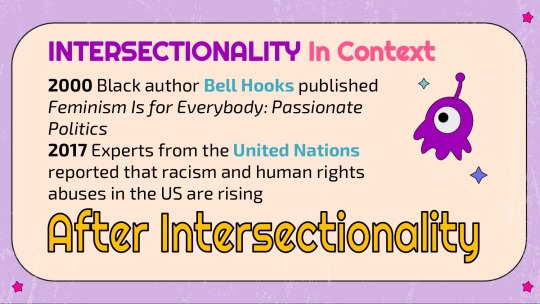

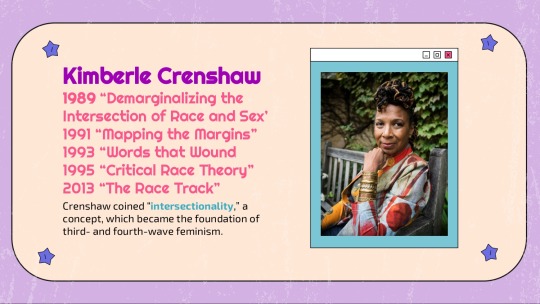




#Gender Studies#studyspo#studyblr#political science#studying#bujo journal#Feminism#sexism#patriachy#Intersectionality#Retro#Reviewer#Study Blog#Study notes#studyspiration#study notes#study blog
7 notes
·
View notes
Text
From a closet of 800 to Two Denim Jeans and the Perfect White Tee
by Dannica Batoon

Years of Jam-packed Cabinets
Eleven years ago, everyone was excited about Wednesday. With the latest rubber soles from Adidas and Nike to the newest clothing collection of Mango, Zara, Topshop, and Forever 21, it’s the only day that people parade their wardrobe. Does it sound like athleisure? Even before kids have sung The Chainsmoker’s Kanye, girls were already pairing sneakers with everything, including dresses and florals. Avril Lavigne skated with Chuck Taylor All-Star and plaid skirt. Perhaps, Gen Z can no longer remember Paris Hilton and J.Lo in Juicy Couture. Their tracksuit dominated pop culture in the early 2000.
One by one, international fashion brands entered the Philippines. Upon seeing Forever 21’s opening at Megamall in Sparkling Magazine, I immediately talked to my mom about traveling to Manila for a weekend shopping spree. We were eight hours away from the Metro, but it was worth it. I got a pink crochet crop top and a white flared sleeves top. I still wear them in summer because they never went out of style. Classy — that has been my fashion genre.
Kira Plastinina, one of the youngest fashion designers in 2010, also opened a store in the same mall. The collection that she made screamed Sex and the City and Confessions of a Shopaholic. Who’d forget those bold-colored tulles? Shops felt like New York, but I was in Asia. On one Wednesday, my Barbie pink Peter Pan dress almost trended in my home. However, not many were able to buy the garment in Manila. Zalora was uncommon.
Endorsed by top teen celebrities, custom multi-colored Brazillian watches were also “it.” YoT competed with Swatch, G-Shock, Adidas, and Lacoste (Let’s leave luxury watches for now because we’re talking about fast fashion). People were buying multiple straps for unpractical reasons. Now YoT is almost wiped out from search engines like it never existed, but they had at least 20 mall kiosks before. They were gone like a flash. Even Kira Plastinina liquidated all her stores outside Russia after being affected by the 2008 economic burst.
I was one of those watch collectors, and the closing of YoT significantly impacted me. I never bought customizable watches after, and I started researching brands coming into the country before investing in their products. However, the lesson I got from trending brands wasn’t the epitome of my excessive shopping habit.
High street fashion stores surrounded me when I studied in the city. They didn’t affect me in college freshman year because we had a uniform. We only had a day for casual clothes when the growling tiger basketball team wins in UAAP.
Everything changed when I transferred. Taft Kids — that was how they called us. When the College of Liberal Arts dean asked my friend, “what’s your first impression of the school?” my friend answered, “fancy.” I slightly smiled; I felt a sense of belongingness and freedom. For the first time, I can wear whatever I want in school. Big malls and international stores also got closer to me. Thus, I ended up shopping weekly.
I accumulated multiple denim jackets and jeans. Manila was warm, but my school’s ACs blast classrooms with an icy breeze. So it was the perfect excuse for Levi’s new collections to top my monthly buys — from Sanrio’s Hello Kitty, Snoopy, Starwars, and Stranger Things to bejeweled, embroidered, and handpainted jackets. I almost forgot. Guess also sells the best affordable custom denim in the market. A$ap Rocky’s collaboration with Guess describes my peculiar denim jacket preference.
Decluttering the Cabinets

Then one day, I returned home via bus. To prevent boredom, I downloaded YouTube documentaries. One was the Economist’s “the true cost of fashion,” and it mentioned that only 20% of clothes are worn. Yesterday, Zara trended on Twitter after buyers lost items on their carts when the online sale started. Patagonia’s Ryan Gellert explained that sales are creating unnecessary demands. People have to purchase now because items will no longer be on the rack.
I evaluated myself. Why did I buy daily sets of outfits on weekends?
There were three reasons. First, my research projects consumed my time, preventing me from washing my clothes — paltry because I could maintain my unit and cook meals at home. My second reason links with my school outputs; I often rewarded myself with garments or shoes after receiving excellent marks from a challenging task. I should’ve treated my accomplishments alone as a prize.
The last one was the effect of aspirational culture, which began from my exposure to fashion magazines. I got my first Total Girl and Disney Princess Magazine in first grade. My friends were magazine collectors, and they persuaded me to collect because that’s where they find their school supplies and clothes. I love dressing up at an early age, but we have a uniform.
My school only allowed personalized bags, lunch kits, and stationary, and my magazines endorsed the latest items from Disney, Mattel (Barbie), and Sanrio. They combined functionality with fashion. They’re lovely and resembled toys, and I could bring them to school. For example, my Barbie Fairytopia pencil case had moving glitters and flowers; My Cinderella bag had a small flower mirror that doubled as a pattern for my drawings.
I was careful of my stuff, and they were never damaged. However, the magazines featured plenty of items that I want. By the end of sixth grade, I gained numerous bags that kids, fortunately, asked from me.
In fourth grade, I shifted my mag subscription to Candy, Teen Vogue, and Seventeen. I was too young for them, but I got engrossed with fashion, and TG didn’t feature enough. These magazines influenced my Wednesday outfit, mostly from fast fashion brands.
Fortunately, social media product endorsements didn’t affect me as I realized the effect of fashion magazines early. It’s more than a year since I stopped buying any apparel.
Fashion’s Hefty Environmental Cost

I continued watching documentaries about tanneries and factories in South Asia. News often reports about the actual cost of cheap labor in India and Bangladesh. ENDEVR’s recent documentary featured Shima Akhter, a union president of garment factory workers in Dhaka. She started at age twelve and received $10 monthly. Akhter demanded their working rights. However, at least 40 men assaulted them with sticks and scissors.
Dhaka factory owners blame international fashion brands for obliging cheaper production costs. At each negotiation, they’re risking artisans even more for company survival. Workers at Rana Plaza informed managers about cracks in the wall, but they neglected them. As a result, the building collapsed in 2013, killing more than 1,100 workers and injuring about 2,500. I’ve only known about the Savar incident after a series of Bangladeshi factory fires occurred in 2020. Watching, wounded people emerged from the rubbles. It resembled the 1981 fall of Manila Film Center. Families bellowed for help as cries reverberated from the site. Akhter dissuaded people from buying cheap clothes coming from their factory.
Last year, I read an article published by the New York Times about the Accord on Fire and Building Safety. What was the takeaway? Workers from developing countries make cheap clothes at their own expense. So I examined my clothes’ origin, and I saw three blouses made in Bangladesh. It was mortifying.
How fast is fast fashion? ASOS, Boohoo, and Misguided sell new products in at least two weeks. And it’s getting more rapid as more influencers endorse products from their PR hauls, which they don’t always need. Advertising of products got cheaper as they spread beyond magazines, billboards, and TV. Many of the products that social media influencers receive pile a room, which they donate after decluttering. In 2019, Jeffree Star got rid of unused beauty products amounting to over a million dollars.
In Southeast Asia, Latin America, and Africa, clothes from western countries undergo auctions. Some sold these imports through flea markets, but they’ve been excessive. Trading of used clothes is a million-dollar industry for America that in 2018, Trump threatened Rwanda with increased Tariffs for banning second-hand clothing from the country. As a result, the influx of cheap clothes destroyed their local textile industry. Moreover, mildews already contaminated the traded products of charity shops, such as Goodwill and Salvation Army. Thus, most end in landfills with 10 million tons in 2015 alone.
In addition, the number of waste disposed of in developing countries increased when China’s National Sword policy ceased importing recyclables in 2018. Before it, China never recycled 1.5 million metric tons of contaminated non-biodegradable imports, which ended up on their coasts for years. In the same year, America redirected 68,000 waste containers to Southeast Asia.
Why would the West send textile waste to the South? They have recycling technologies. For one, polymer scientist Scott Trenor related the problem with the age of recycling facilities in America. They are no longer suitable for chemical recycling and plastic. Moreover, the U.S. relied on China for decades, so its recycling facilities didn’t develop. They only recycle HDPE and PTE plastics. So can you imagine how harmful vinyl clothing, bags, and shoes are?
Professor Richard Thompson, a marine biologist who coined “microplastic,” discovered that plastic fibers such as acrylic, nylon, and polyester are present in a third of fishes he examined. Finisterre tried to address this by developing a polymer and polyester recycling program and by returning to wool. In other companies, polyester and nylon undergo chemical recycling, but this is expensive. Instead, the City University of Hongkong uses the fungus Aspergillus niger to feed on cotton and polyester blend in creating fibers.
Advances in recycling textiles move slower than fashion production. Ultimately, buyers should be mindful of fashion’s actual price tag — sustaining poverty among developing nations and environmental degradation.
5 notes
·
View notes